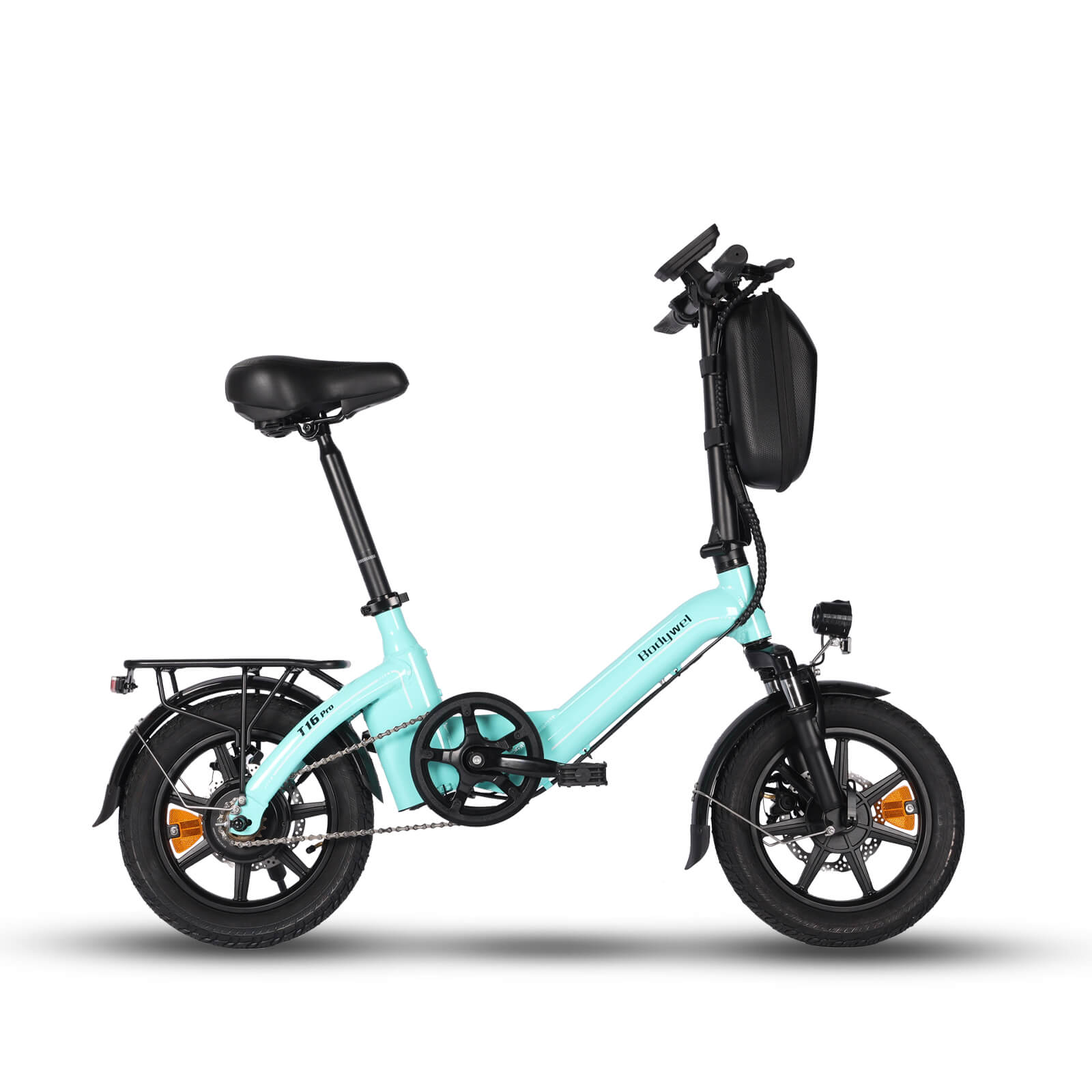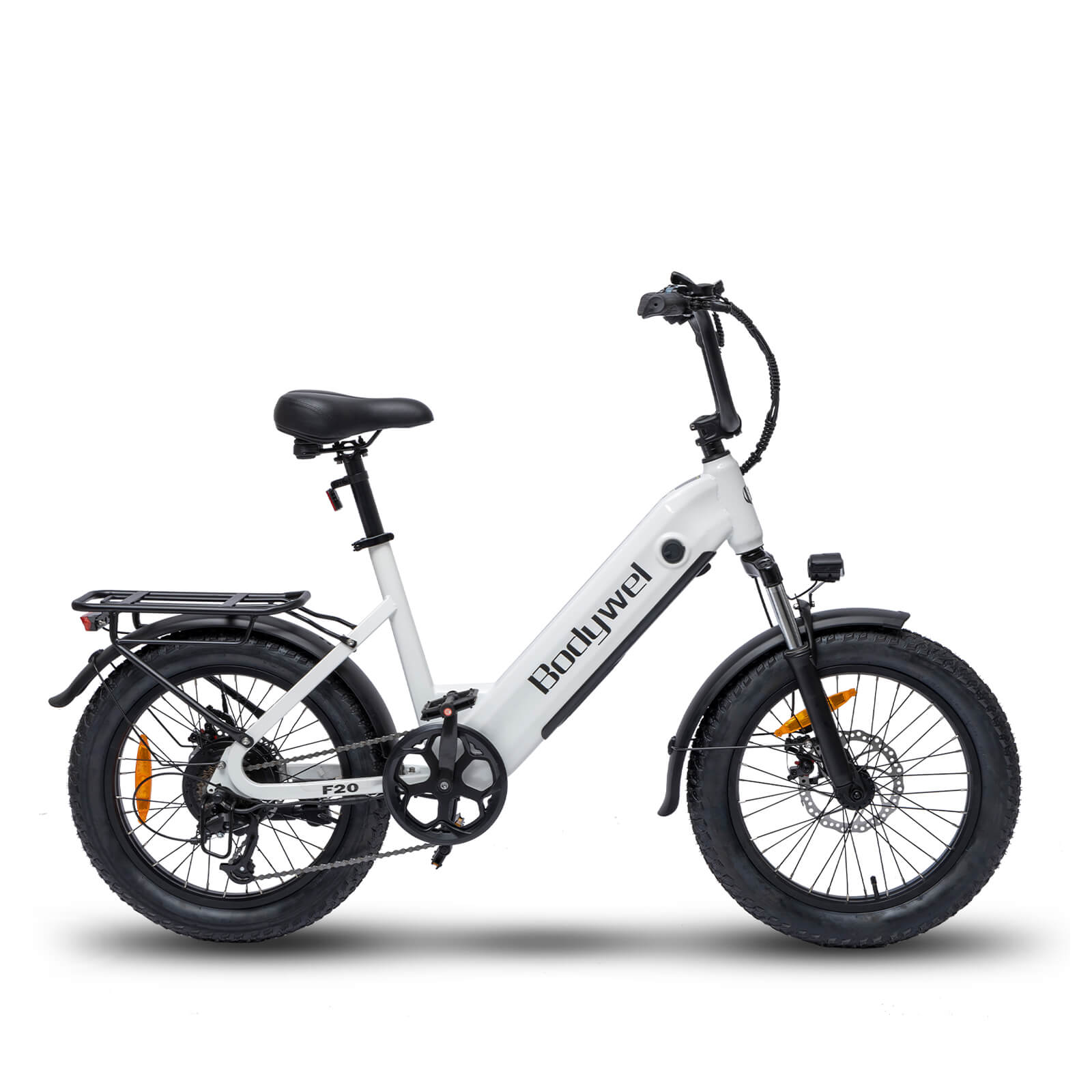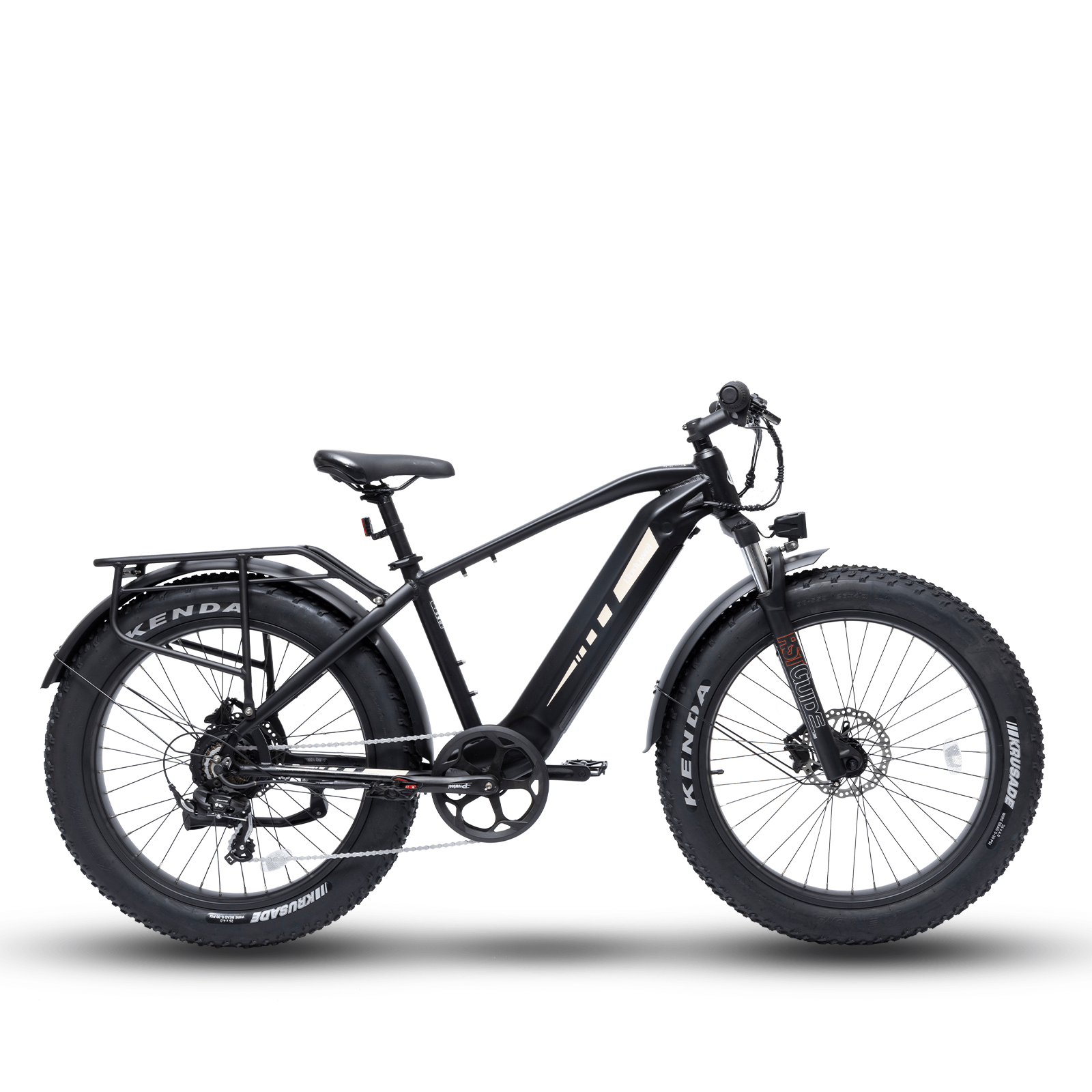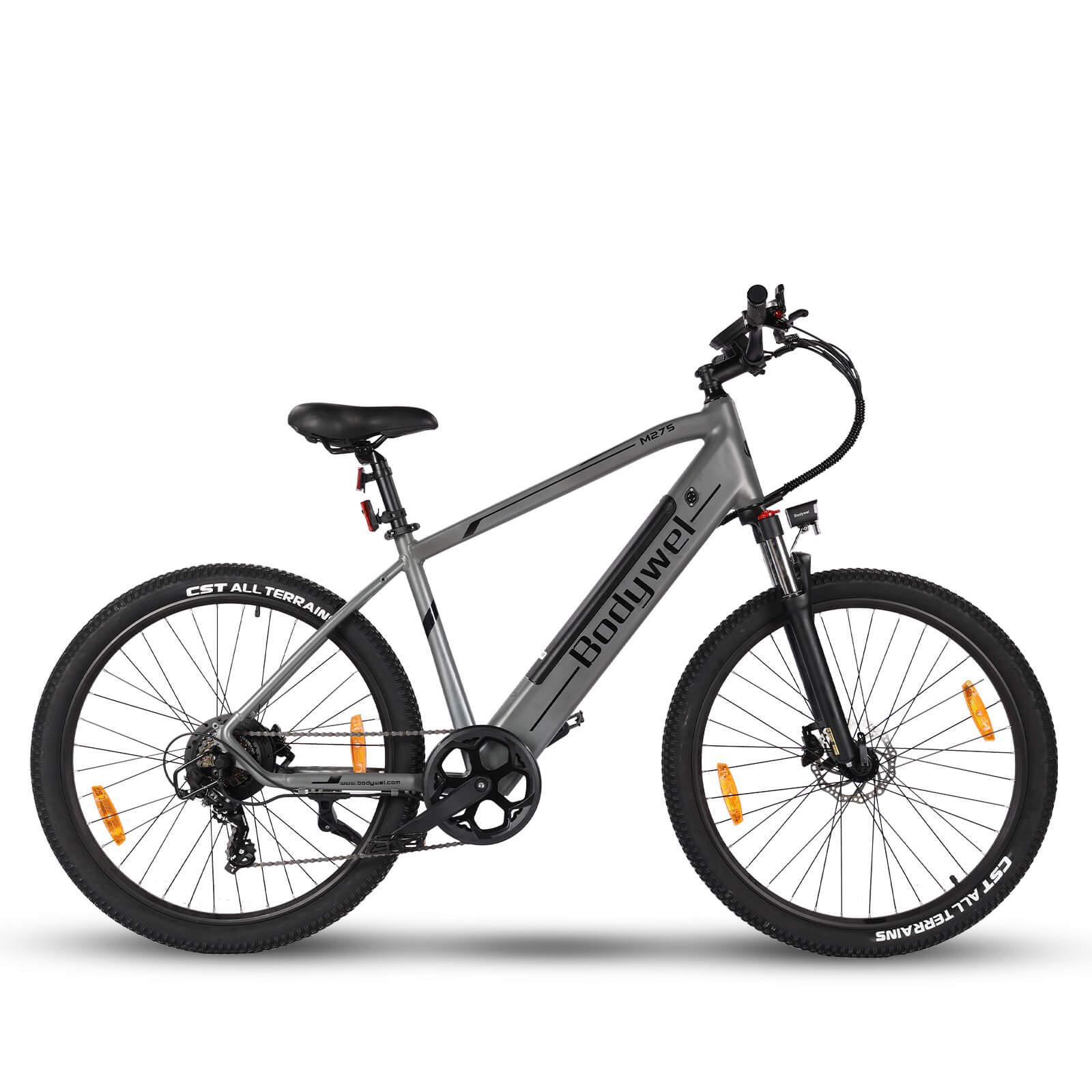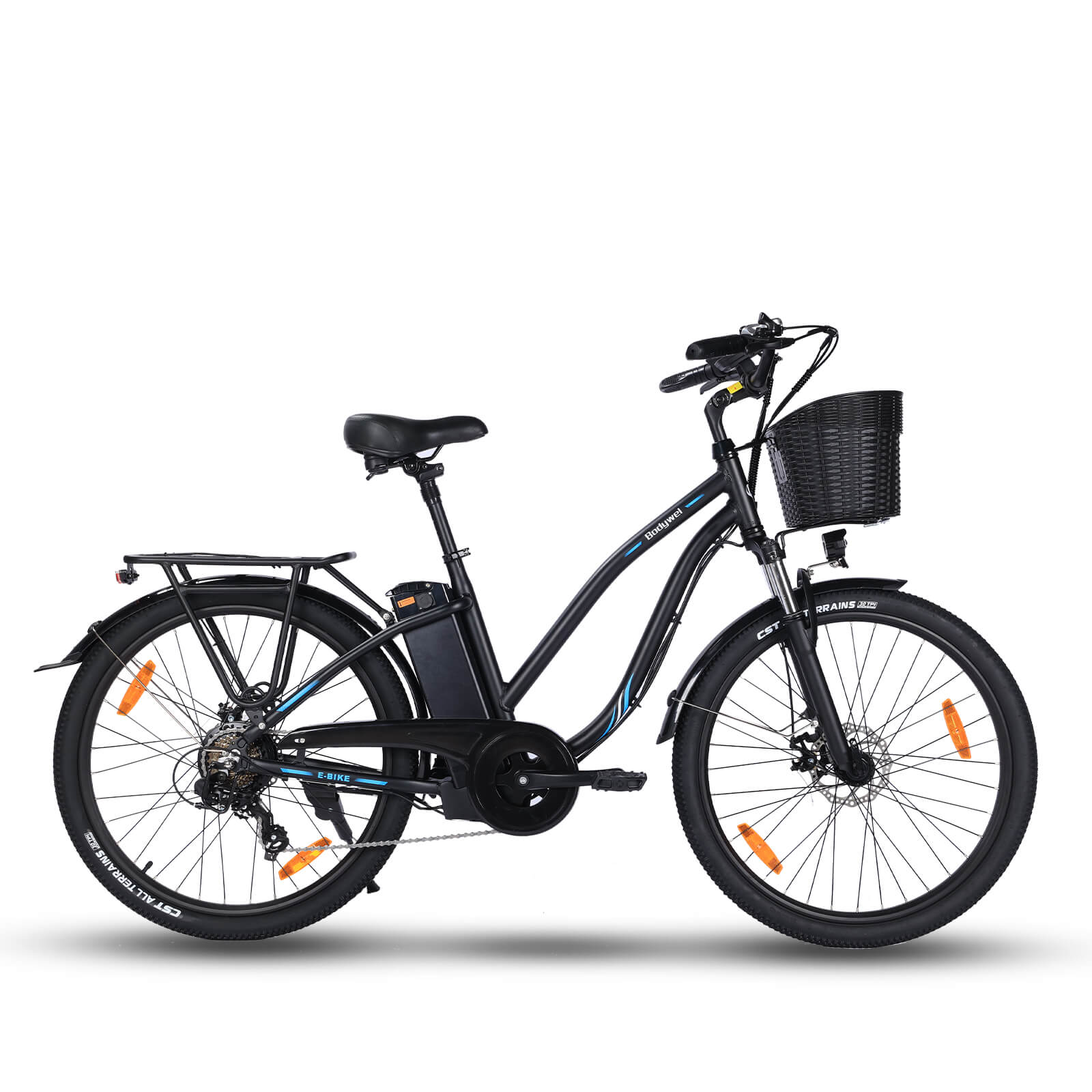5 Must-Know Facts About Full Sus E Bikes in 2024

Full suspension electric bikes are transforming off-road cycling. By combining advanced suspension systems with electric assistance, these bikes deliver exceptional comfort and performance on rugged terrain. This article covers five key facts every rider should know before choosing a full-suspension e-MTB.
The Evolution of Full-Suspension E-MTBs
Modern full-suspension electric mountain bikes represent a major advancement from earlier versions. Engineers have refined frame geometry, motor placement, and suspension kinematics to create bikes that handle like traditional mountain bikes while providing electric support. The integration of mid-drive motors with dual suspension systems now allows for better weight distribution and enhanced traction.
Performance Advantages on Technical Trails
Dual-suspension e-bikes excel on challenging terrain where both the front fork and rear shock absorb impacts. Riders experience significantly longer endurance on downhill sections compared to hardtail e-MTBs. The combination of electric power and suspension travel makes it easier to overcome obstacles that would be demanding on conventional bikes.
Battery Efficiency & Suspension Synergy
Advanced full-suspension e-MTBs now include smart systems that adjust motor
- Tags: best electric mountain bikes full sus e bikes full suspension ebikes off-road e-bikes trail e-bikes
0 comments




